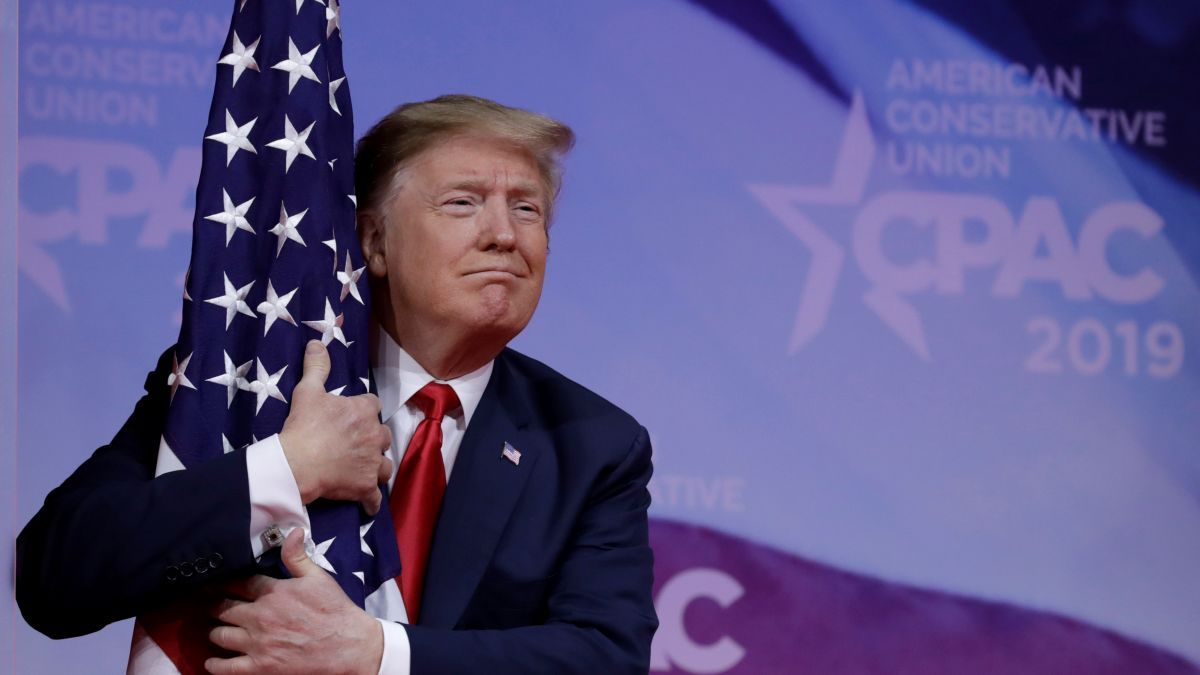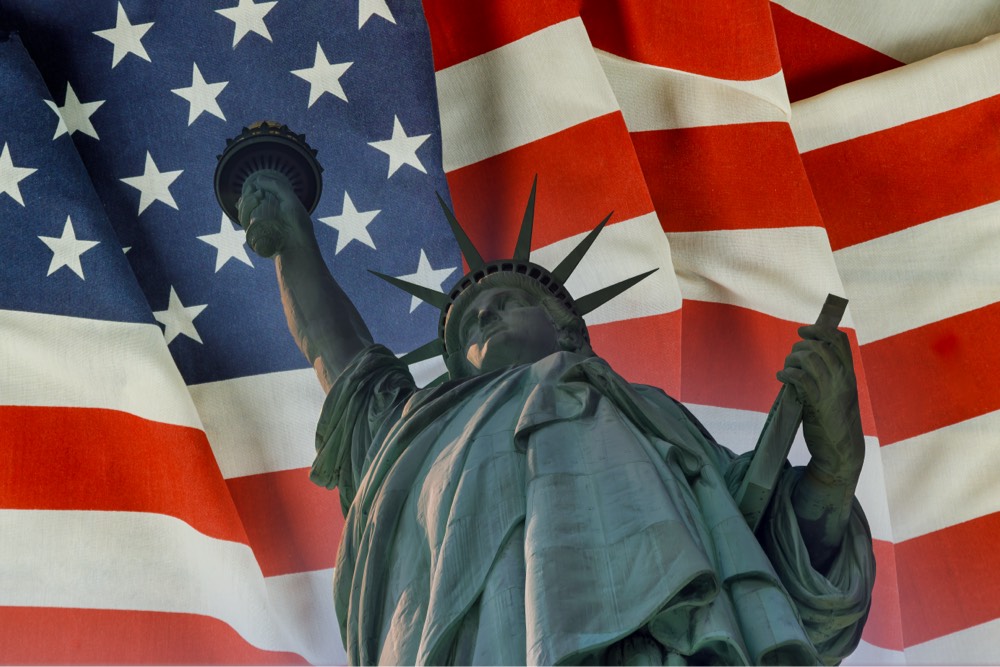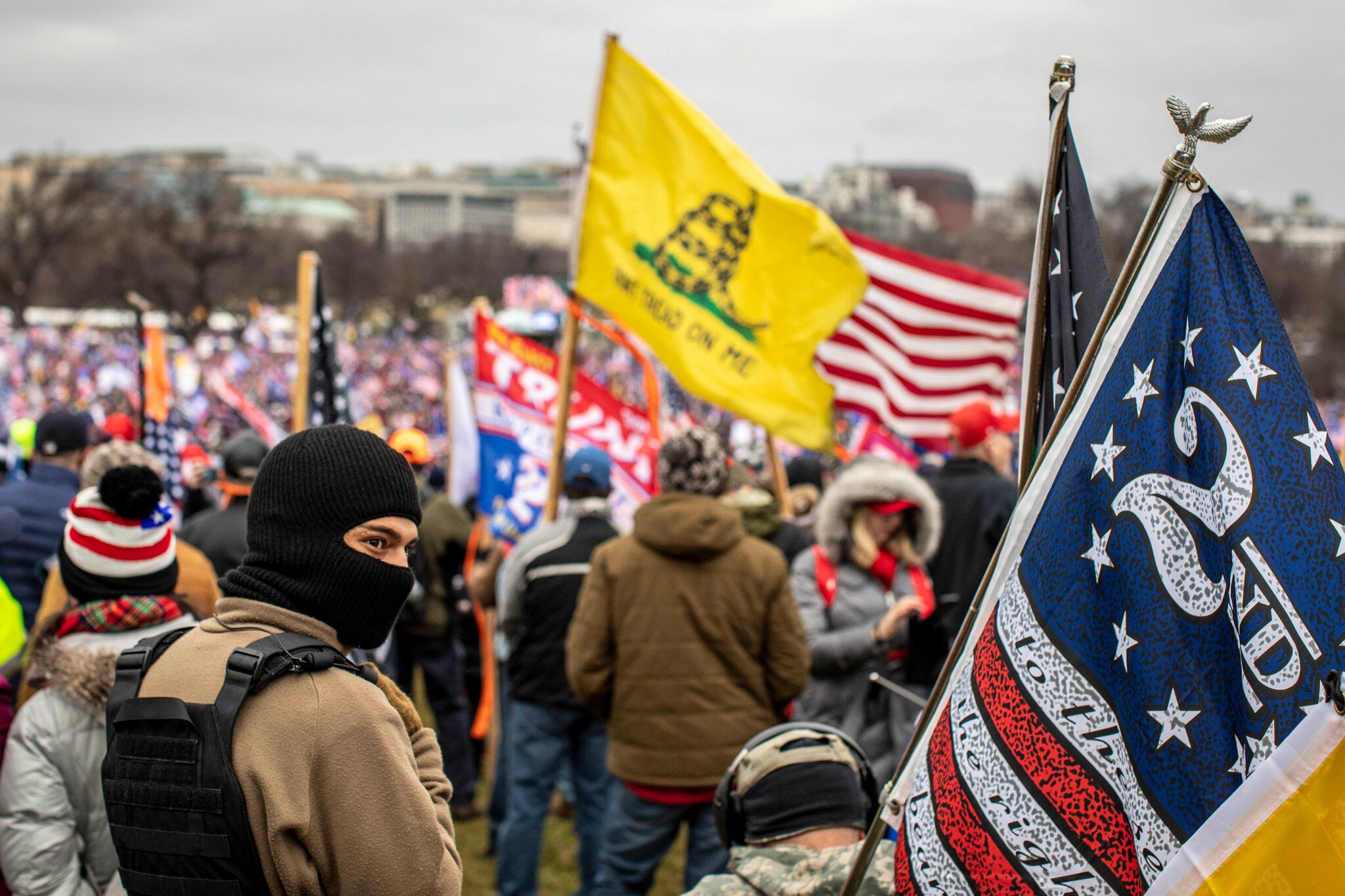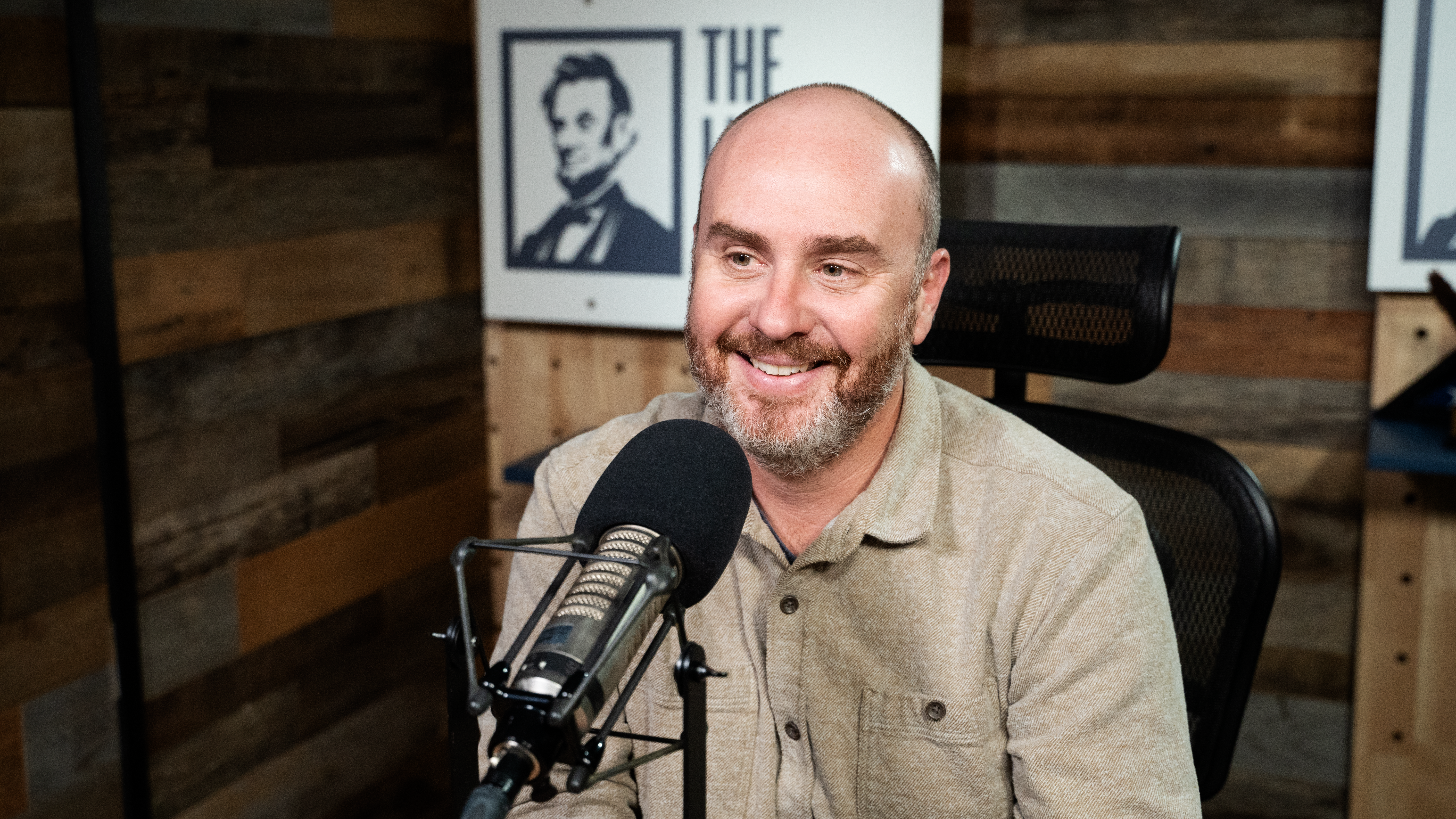By Reed Galen
Thirty years ago, agents of the Bureau of Alcohol, Tobacco, and Firearms (ATF) raided the Branch Davidian compound outside Waco, Texas. In one of those weird human traits, I remember exactly where I was when the raid started on Sunday, February 28, 1993.
My family was living in Dallas, Texas, and I was a junior in high school. That Sunday morning, I was watching Channel 21 and on the phone with a buddy of mine when video started running of an agent in black body armor being shot and sliding off the roof of the compound. I remember asking my friend if he was watching television. I, like so many, I assume, couldn’t figure out what was happening. Though we’d all seen shootouts in movies, I’d never seen a real one.
For 51 days, the country was dialed into the siege. CNN got its second 24/7 crisis in less than two years (the first Gulf War having been just two years earlier - thanks for the scroll). Living just about 90 miles north of Waco, the local news covered it every morning, every lunch hour, evening, and late-night. In the scope of high school, it was one more thing I was aware of regularly, but tangentially.
The strangest thing, for me anyway, was that on the day the FBI decided to storm the Branch Davidians’ compound, they rolled televisions into our classrooms. We watched live and in color as the buildings went up in flames while David Koresh and dozens of his followers (including 25 children) perished inside. Why our school thought this was a good idea is still a question, but we didn’t conjugate any verbs in Spanish class that day.
Fast forward three decades, I haven’t spent any time thinking about those weeks. It was only after Donald Trump’s campaign announced he’d be holding a rally in the Waco area and the potential attendant meaning that my memory sparked. There are many things Trump is bad at - being a human first among them. What his team is good at, though, is choosing places and times for his events that will spark enormous media attention, outrage from the Left, and cheers among his staunchest supporters.
In 2020, Trump’s campaign held his kickoff rally in Tulsa, Oklahoma. Why there? Oklahoma is a ruby red state, most events like that take place where Electoral Votes are on the line. Originally scheduled for June 19th, not so coincidentally the Juneteenth holiday, but also the site, 99 years earlier, of the Tulsa Race Massacre in which 26 African American residents were killed and more than 10,000 left homeless after an orgy of racial violence. Trump moved the rally back one day, but the implications, then, as now, were clear.
Here in 2023, why did Trump choose Waco? Like Oklahoma, Texas, specifically McLennan County, has no chance of being lost to a Democrat (Trump won it by 23 points in 2020). Like Tulsa three years ago, Waco represents what so many Ultra MAGA adherents really believe: The deep state is inherently evil, out to get people like them, and will stop at nothing to destroy their (white, Christian) way of life.
What we’ve failed to understand in the eight years Trump has dominated the political scene is just how many of his followers were on the edges of society and disengaged from the political process. Like the Michigan militia members who planned to kidnap Michigan Governor Gretchen Whitmer or the separatists running around northern Idaho, Trump drew people into his orbit who previously had nowhere to go.
As Adrienne LaFrance writes in her brilliant cover story for this month’s Atlantic, the Waco siege, the shootout at Ruby Ridge, and the Oklahoma City bombing were all of a piece. Timothy McVeigh’s mass murder, LaFrance writes, drove the militia movement underground for many years as its reputation (such as it was) took a major hit, both Republican and Democratic leaders denounced political violence, and law enforcement took a harder look at anti-government groups.
No longer. Donald Trump welcomed these people to his fold with anti-government rhetoric that even Ronald Reagan would’ve blanched at. The Proud Boys, the Three Percenters, QAnon adherents, and the fat guys in Hawaiian shirts had no place to go before Trump entered the scene. Self-respecting small government conservatives rightly wanted nothing to do with the armed, nihilist, prepper, anti-authority crowd.
Let me make an important distinction: Trump’s followers who will hang on his every word tomorrow are not conservatives. They’re not Republicans, either. They’re anarchists who believe that political violence is an acceptable means to their ends, whatever they might be. Trump knows this instinctively because he’s one of them. As is self-described Leninist (Vlad, not John) Steve Bannon. As are the rest of the “America is bad” crowd that surrounds, lifts, and communicates with MAGA on a wavelength normal humans can’t receive.
When he takes the stage tomorrow in Central Texas, Trump will have plenty of targets. He’ll start with Manhattan District Attorney Alvin Bragg. He’ll move on to Fulton County DA Fanny Willis. His rhetoric will be couched in ‘us vs. them’ terms followed closely by bullhorn racism. Then he’ll bring up Jack Smith and the Justice Department - the Deep State is finally coming for him, and only he stands between them and you. Like Jesus Christ, Trump will suffer for all his people’s sins, and they will worship him for it.
It’s hard to believe that what started on a Sunday morning 30 years ago on a lonely patch of land is returning to our consciousness. With Trump, nothing is improbable or impossible politically. The thing the rest of us can’t seem to get right is the imagination it takes to understand just what we’re up against.
Let the scales fall from our eyes. What we’ll see tomorrow, as we’ve seen for nearly a decade, will enrage, scare, and confuse normal Americans. As well it should. Those feelings, however, are no excuse to turn away. Let us face it as we must - with resolve and determination. There are more of us than them, but we’ll only prevail in this fight for the soul of America - and that’s what this fight is - if we’re willing to confront it immediately, loudly, and continuously.




